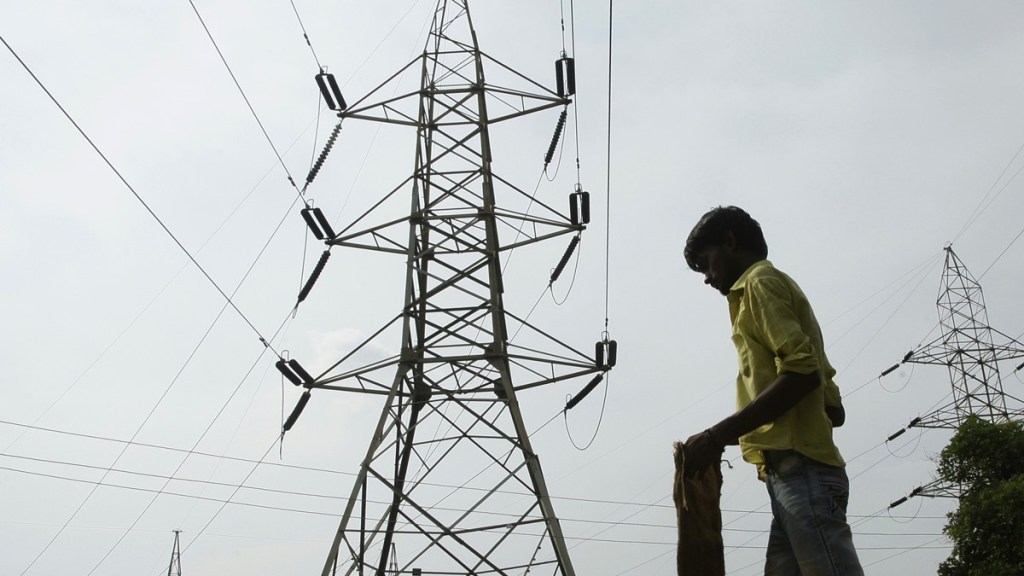The government on Monday allowed large industrial users of electricity to have their own transmission lines and grid connectivity without any requirement of licence, and tweaked transmission tariff norms to make it more cost-reflective.
The move is expected to further reduce the losses of electricity distribution utilities (discoms), and improve their financial viability, Union power minister RK Singh said.
Though a series of amendments to the Electricity Rules 2005, the government also rationalised charges for open access to electricity, a step that would help expedite the adoption of renewable energy.
As per the amendments, consumers having more than a specified quantum of load and Energy Storage Systems (ESS) will be allowed to establish, operate and maintain dedicated transmission lines themselves without the requirement of licence. This would be akin to similar facility available for generating companies and captive generating stations.
According to the new rules, a generating company or a captive generating plant or EES or a consumer having load of not less than 25 mega watt (MW) in case of inter- state transmission system and 10 MW in case of intra-state transmission system shall not be required to obtain license for establishing, operating or maintaining a dedicated transmission line to connect to the grid as far as it adheres to the regulations under the Act.
Moreover, the government aims at providing a reasonable and uniform open access to electricity to consumers across the country at competitive and reasonable rates. New rules have been prescribed with methodologies for determining various open access charges for wheeling, state transmission and the additional surcharge.
The power minister highlighted that doing away with the requirement of license for dedicated transmission lines for industry will lead to ease of doing business for the industry, leading to faster industrial growth and more job creation.
“This, along with rationalization of open access charges will lead to faster adoption of renewable energy by the industry, thus, reducing emission,” he said.
As per the amendment, for a person availing open access or the general network access, the additional surcharge shall be linearly reduced and eliminated within four years from the date of grant of general network access. A person who has never been a consumer of the distribution licensee would not have to pay additional surcharge, it said.
Open access means that a consumer can receive electricity supply from a person, other than distribution licensee.
Furthermore, to make tariff cost-reflective and ensure there is no gap between approved annual revenue requirement and estimated annual revenue, the government has outlined specific conditions for its management, restricting the gap to 3% of the approved annual revenue requirement and stipulating a liquidation plan over a maximum of three equal yearly installments from the next financial year.
For any existing such gaps, the amendment allows for liquidation over a maximum of seven equal yearly installments, starting from the next financial year. Singh noted that steps taken by the government had already brought down the losses of the distribution companies from 27% in 2014 to 15.41% in 2022-23.


